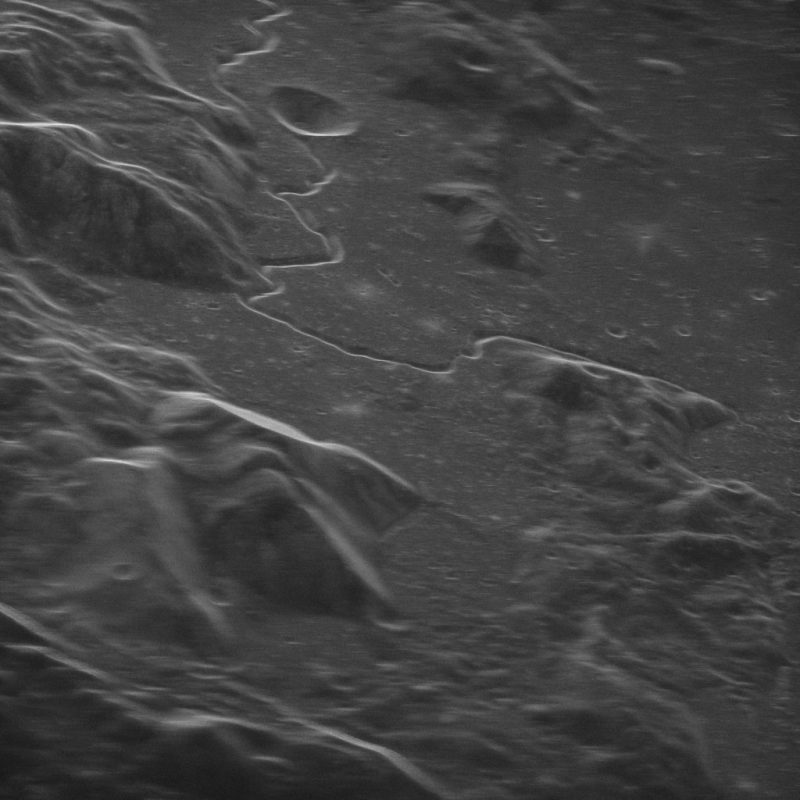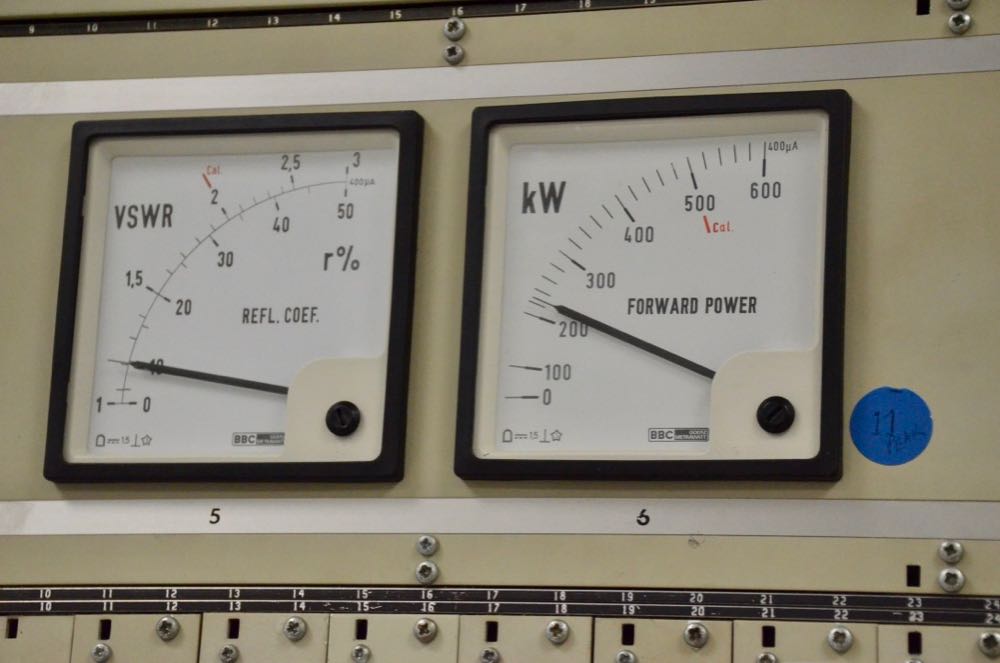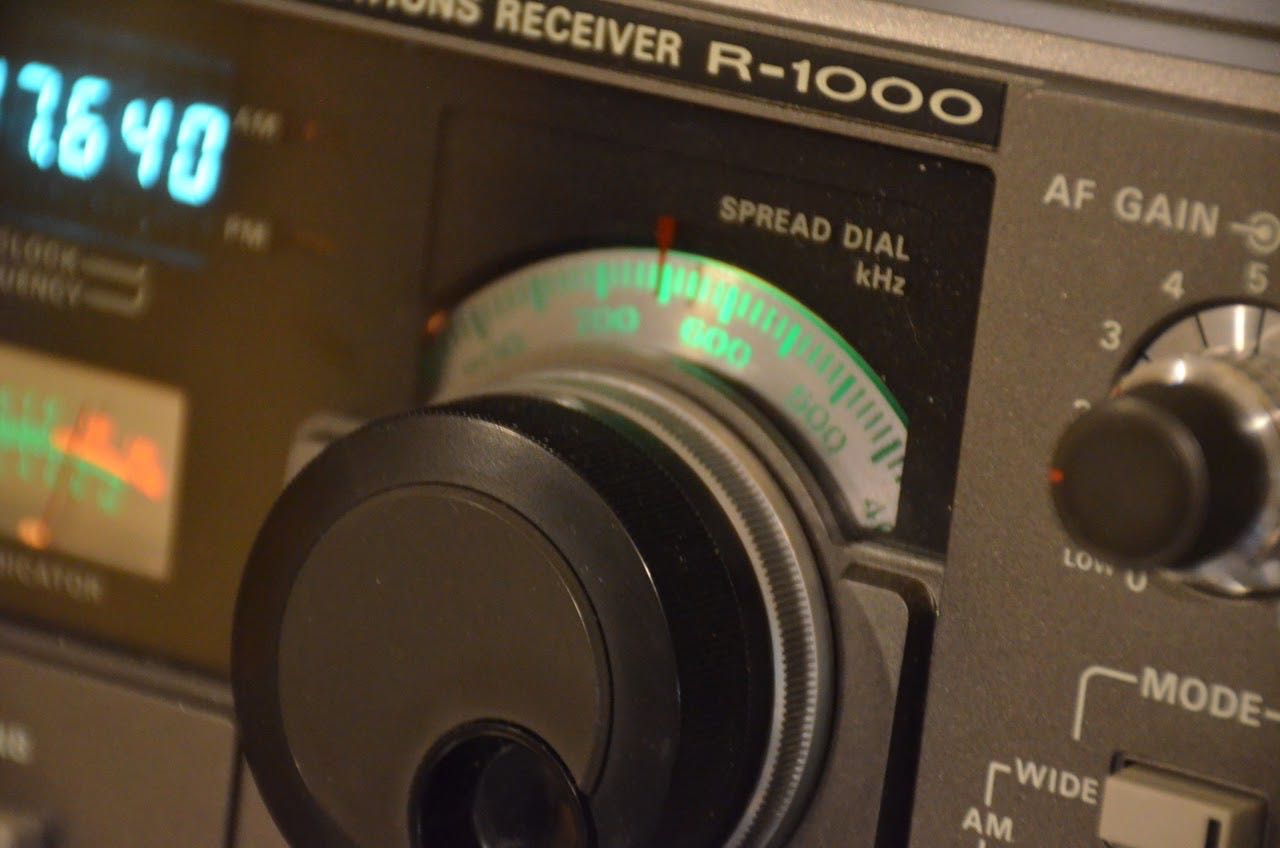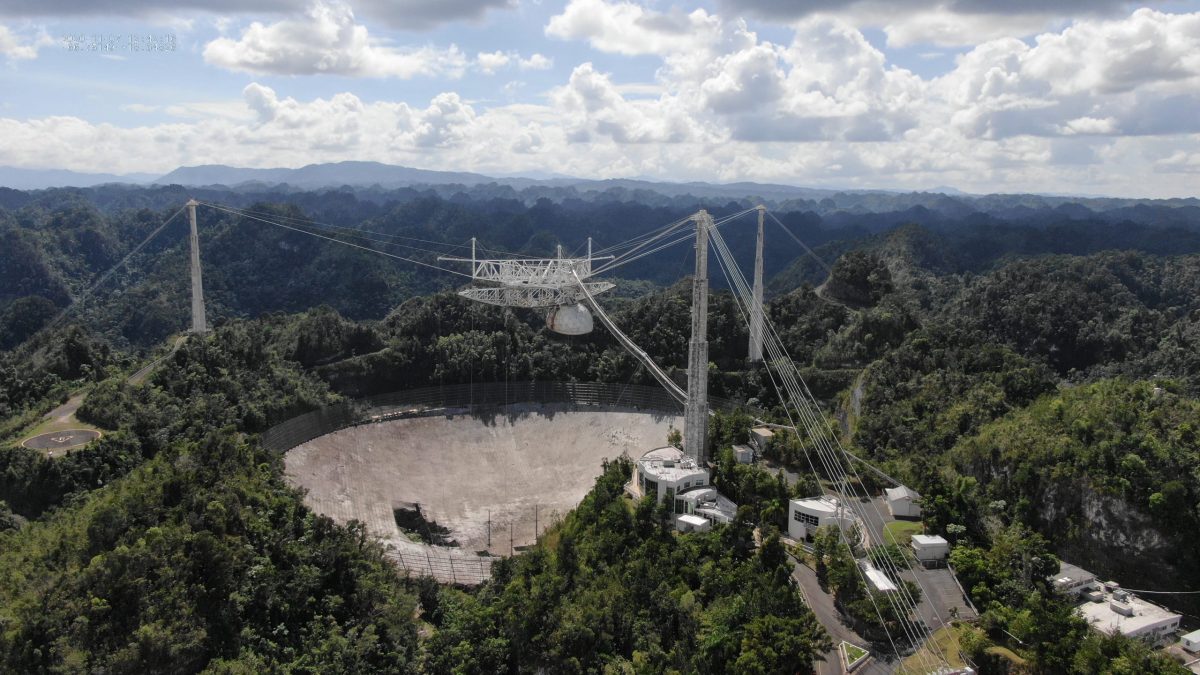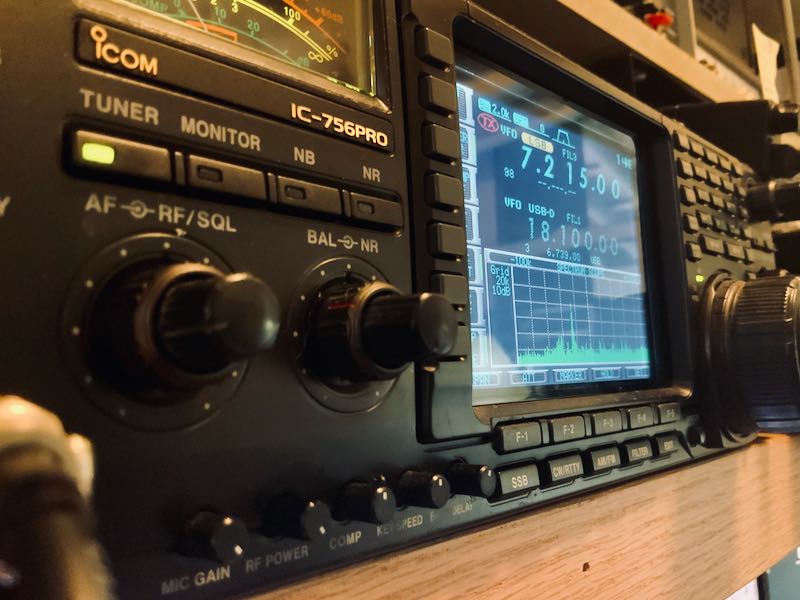Radio Waves: Stories Making Waves in the World of Radio
Because I keep my ear to the waves, as well as receive many tips from others who do the same, I find myself privy to radio-related stories that might interest SWLing Post readers. To that end: Welcome to the SWLing Post’s Radio Waves, a collection of links to interesting stories making waves in the world of radio. Enjoy!
Many thanks to SWLing Post contributors Eric McFadden, Mike Terry, for the following tips:
A “Perfect Coronal Mass Ejection” Could Be a Nightmare (ARRL News)
A new study in the research journal Space Weather considers what might happen if a worst-case coronal mass ejection (CME) hit Earth — a “perfect solar storm,” if you will.
In 2014, Bruce Tsurutani of Jet Propulsion Laboratory (JPL) and Gurbax Lakhina of the Indian Institute of Geomagnetism introduced the “perfect CME.” It could create a magnetic storm with intensity up to the saturation limit, a value greater than the Carrington Event of 1859, the researchers said. Many other spaceweather effects would not be limited by saturation effects, however. The interplanetary shock would arrive at Earth within about 12 hours, the shock impingement onto the magnetosphere would create a sudden impulse of around 234 nanoteslas (nT), and the magnetic pulse duration in the magnetosphere would be about 22 seconds. Orbiting satellites would be exposed to “extreme levels of flare and interplanetary CME (ICME) shock-accelerated particle radiation,” they said. The event would follow an initial CME that would “clear the path in front of it, allowing the storm cloud to hit Earth with maximum force.”
The Solar and Heliospheric Observatory (SOHO) has observed CMEs leaving the sun at speeds of up to 3,000 kilometers per second, and many instances of one CME clearing the way for another have been recorded.
The CME’s 12-hour travel time would allow little margin for preparation. The CME would hit Earth’s magnetosphere at 45 times the local speed of sound, and the resulting geomagnetic storm could be as much as twice as strong as the Carrington Event. Power grids, GPS, and other services could experience significant outages.
More recent research led by physicist Dan Welling of the University of Texas at Arlington took a fresh look at Tsurutani and Lakhina’s “perfect CME,” and given improvements in spaceweather modeling, he was able to reach new conclusions.
Welling’s team found that geomagnetic disturbances in response to a perfect CME could be 10 times stronger than Tsurutani and Lakhina had calculated, especially at latitudes above 45 to 50 °. “[Our results] exceed values observed during many past extreme events, including the March 1989 storm that brought down the Hydro-Québec power grid in eastern Canada, the May 1921 railroad storm, and the Carrington Event itself,” Welling summarized.
A key result of the new study is how the CME would distort and compress Earth’s magnetosphere. The strike would push the magnetopause down until it’s only 2 Earth-radii above Earth’s surface. Satellites in Earth orbit would suddenly find themselves exposed to a hail of energetic, and potentially damaging, charged particles.
Other research has indicated that phenomena such as the Carrington Event may not be as rare as once thought. A much weaker magnetic storm brought down the Canadian Hydro?Québec system in 1989.
Scientists believe a perfect CME will happen someday. As Welling et al conclude, “Further exploring and preparing for such extreme activity is important to mitigate spaceweather-related catastrophes.”
In July 2012, NASA and European spacecraft watched an extreme solar storm erupt from the sun and narrowly miss Earth. “If it had hit, we would still be picking up the pieces,” said Daniel Baker of the University of Colorado at a NOAA Space Weather Workshop 2 years later. “It might have been stronger than the Carrington Event itself.”
FCC To Auction Off 140 Radio Stations (Radio Ink)
The FCC has announced that on July 27th an auction will be held for 136 FM construction permits and 4 AM’s. In this auction, the 130 FM permits that were previously included in the March 2020 auction, that had to be canceled due to COVID, will be included plus an additional 6 permits. Anyone who applied for stations in the planned 2020 auction must reapply. All applications for the previous auction have been dismissed.
[…]You can see the FM stations to be auctioned off HERE.
The Commission is proposing a simultaneous multiple-round auction format. This type of auction offers every construction permit for bid at the same time and consists of successive bidding rounds in which qualified bidders may place bids on individual construction permits. Typically, bidding remains open on all construction permits until bidding stops on every construction permit.
Why There’s More Music on AM Now (Radio Survivor)
by Paul Riismandel
A number of months ago I was scanning around the AM dial late in the evening from my Portland, Oregon abode. I stumbled upon a station playing hard rock, which I thought to be an unusual find. As the AM dial has become mostly the domain of conservative and sports talk, I rarely encounter music that isn’t a bumper or part of some leased-time foreign-language programming.
In fact, at first I thought perhaps the music was a lead-in to just another talk show, but eventually I heard a full set of three songs. The station identified itself as “The Bear,” but curiously gave an FM frequency, not one on the AM dial.
An internet search the next day confirmed that “the Bear” is indeed an active rock formatted station located in Merced, California. Its logo features 105.7 FM prominently, with the 1660 AM frequency tucked in the corner. Yet, the AM signal is actually the primary one – the FM is a 250 watt repeater (translator) station.
Here’s a quick aircheck of the Bear’s station ID, during a break in the syndicated hard rock “Loudwire” program.
Now, AM stations have been permitted to get FM translators for a few years now as part of the FCC’s so-called “AM revitalization” initiative. But mostly I’ve heard sports and news/talk stations get repeated on FM.
I filed away this experience in memory, but kind of considered it a one-off. That was until my recent vacation in the Wallowa Mountains of Northeastern Oregon. Stowed away and social distancing in a mountainside cabin with limited internet and no cable, I spent quite a bit of time scanning the AM and shortwave bands in search of interesting sounds. Continue reading at Radio Survivor…
Register for the 2021 34th “Virtual” Winter SWL Fest!
If you’ve thought about attending the annual Winter SWL Fest, but found it difficult to make the travel arrangements, this year you can get a taste of the Fest by attending virtually.
You’ll find the program below, but click here to view it at the Winter SWL Fest site, and click here to register (only $5 for both days including all presentations and the hospitality room).
The event takes place February 27-28, 2021.
Do you enjoy the SWLing Post?
Please consider supporting us via Patreon or our Coffee Fund!
Your support makes articles like this one possible. Thank you!



